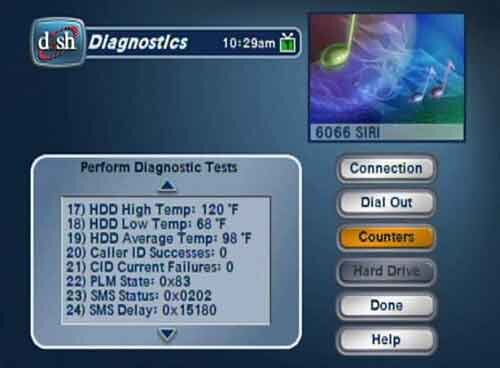Just some follow-on thoughts...
RandallA said:
There was a thread mentioning that the problems with the 522/625 receivers locking up wasn't the hard drives overheating but the entire board and they posted some pictures showing the heat damage in the board itself where the SAT tuners are located.
That's exactly what I'm concerned about, especially in the new MPEG-4 receivers. All the horsepower needed for processing the increasingly more complicated compression algorithms will certainly produce more heat apart from the HD (which may actually be dormant for a large percentage of the time if the user is not recording?). So a single temp. reading in the HD may be misleading. I also suspect that the equipment designers, ever pressed to minimize cost, are scrimping on the thermal management considerations. There is certainly plenty of precedence for that!
If I were in an enquiring mood, I might be inclined to pop the cover on a 622 and focus a borrowed remote IR meter at the various "hot spots" to try and understand the overall thermal situation. As I have posted elsewhere, the picture changes, perhaps significantly, when the "hood" is open since the normal airflow pattern is interrupted. That might help some components and significantly hurt others, but for a relatively short duration it might help answer the question as to which components are the real heat generators and what the intentional airflow is. Of course, the surface temp. of a device is likely quite different from its internal (junction?) temp. and that needs to be understood.
I think some well thought-out mitigation strategy could then improve the overall situation. One can study the spec sheets on the various stressed components to determine if they're operating within their stated temp. ranges or near upper limits, and then look at the reliability data to see how much the projected FIT might be improved by reducing the temp. by a certain amount. Then one might try to find a way to actually reduce the temp. with added heatsinking, airflow, etc. Even a cheap DMM comes with a thermal junction that one could embed in the system at a critical point to take remote real-time readings, to see if the mitigation actually improved the situation once the cover is back on. Lowering the internal temps of certain active components by even 10 deg. F might double the equipment life.
Disclaimer: Naturally any of this is dangerous to the untrained and will void any warranty, so proceed at your own risk...!



